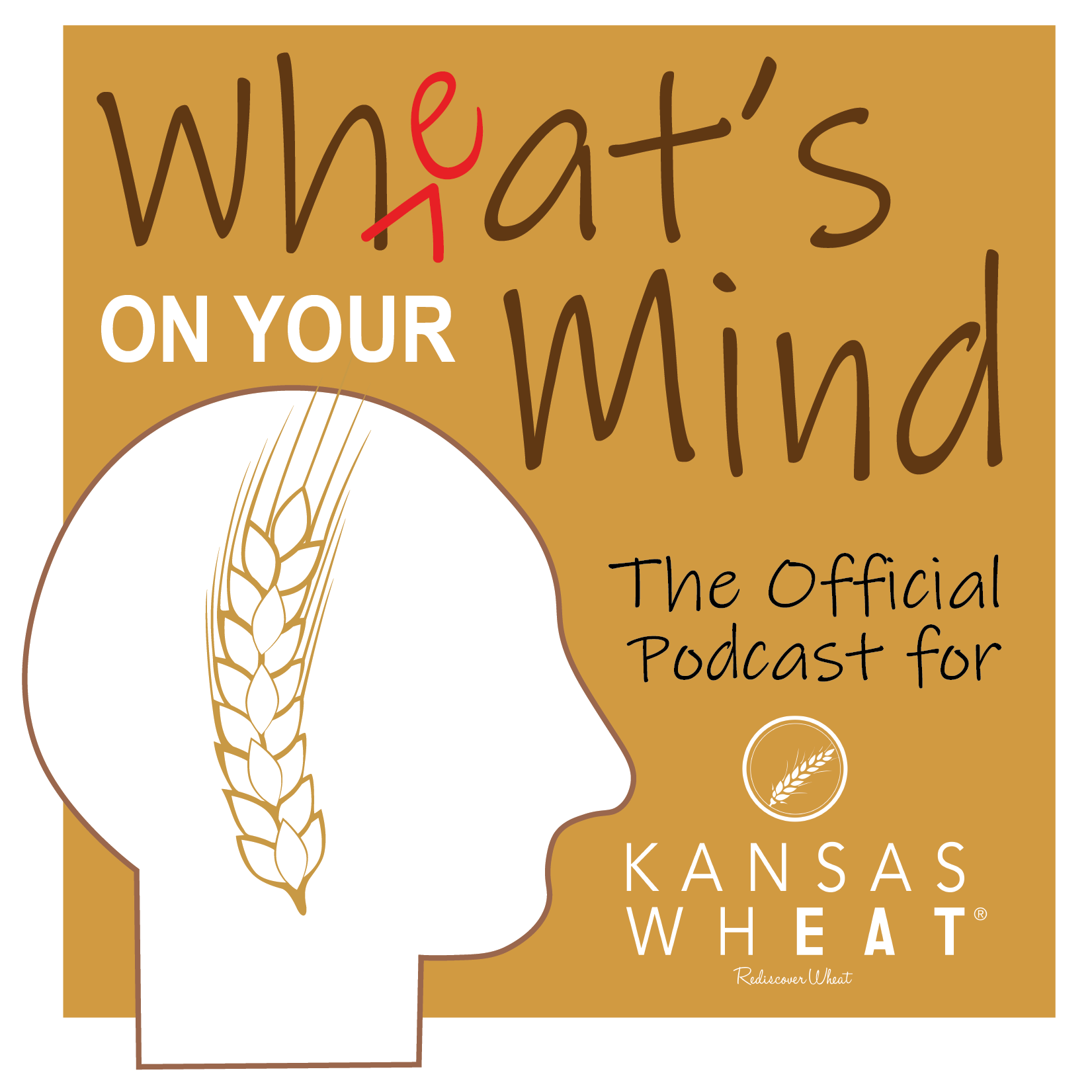Farmer cooperatives built much of the grain marketing and input-delivery system that Kansas farmers rely on today—but what does that system look like now, and where is it headed?
In this episode, host Aaron Harries sits down with Brian Briggeman, director of the Arthur Capper Cooperative Center at Kansas State University, to trace the cooperative story from railroad dominance and the Capper-Volstead Act all the way to today’s era of consolidation and creative new structures.
Brian explains how farmer-owned co-ops use scale to negotiate better prices, provide agronomy services and energy, and keep profits and property taxes anchored in rural communities.
The conversation also tackles the tough questions directors and managers face: how to judge cooperative financial health, when to shed non-core services like tire shops, and how to invest in “speed and space” while still paying patronage and retiring equity.
Brian breaks down the Kansas merger landscape, the importance of director education, and the pressures of drought, big crops with limited carry, and intense online price competition.
Looking ahead, he highlights the impact of the Section 199A(g) tax deduction, the need for stronger trade policy to open markets for Kansas grain, and the growing challenge of finding operational labor—from truck drivers to elevator staff—in rural America.

